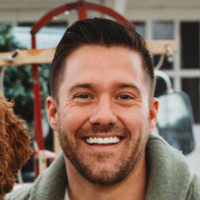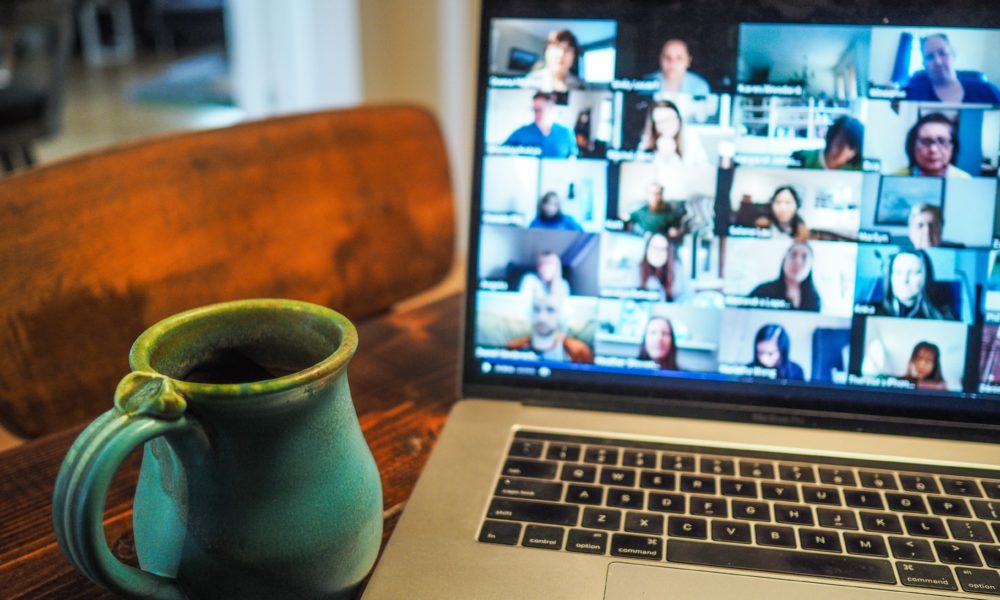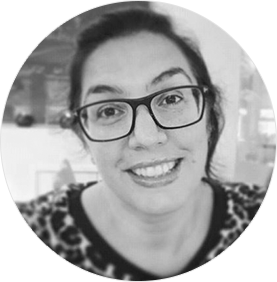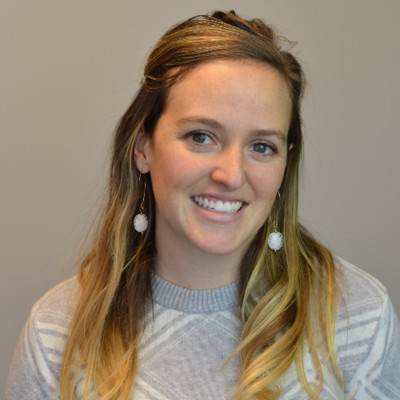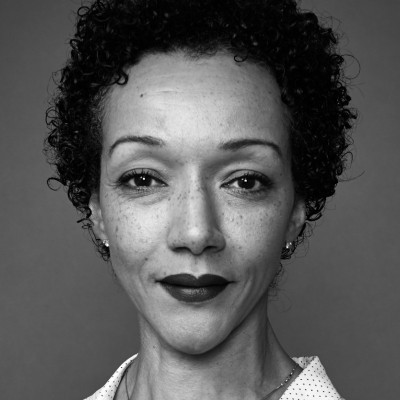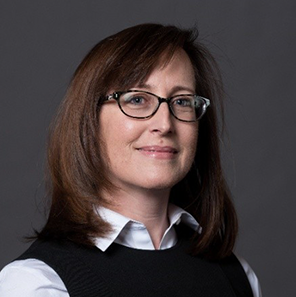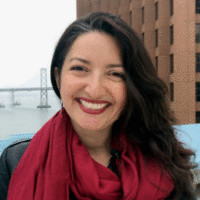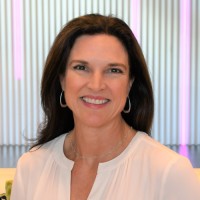Episode 110: Jamin Fochtman on How to Host an Engaging Sales Kickoff in 2020
3.2K Views | 13 Min Read
Shawnna Sumaoang: Hi, and welcome to the Sales Enablement PRO podcast. I am Shawnna Sumaoang. Sales enablement is a constantly evolving space and we’re here to help professionals stay up to date on the latest trends and best practices so that they can be more effective in their jobs.
Today, I’m excited to have Jamin from Addepar join us. Jamin, I would love for you to introduce yourself, your role, and your organization to our audience.
Jamin Fochtman: Sure. Thanks for having me on today Shawnna. I’m happy to be here. As you mentioned, I’m Jamin Fochtman with Addepar. I am the head of our sales enablement team and we specialize in performance of reporting and analytics for folks who manage money. So, happy to join and share some insights as to what we’ve been doing this year.
SS: Absolutely. I’m very excited because you and I were just chatting, and you recently executed your sales kickoff. And I think right now that is top of mind for sales enablement professionals across the board. So, I’d love to hear from you, how was your event structured and delivered this year in particular?
JF: Yeah and this year, obviously it was a little bit different, but for us, as we really thought about getting the team together, it was critical not just to sort of tackle the standard things that we do at a kickoff in a normal year. For us, I also put a really high level of emphasis in terms of team engagement and making sure that people really embraced the days together rather than just dialing into another zoom. So that was really important for us.
Ours was structured over two days where we dove into key wins, key losses, took some time on new product development, as well as marketing initiatives. But I will say this year, we put a little bit more emphasis on taking time to celebrate the wins across all of the different teams. And that came out of kind of soul searching, where we were looking back and noticing folks didn’t necessarily know what other teams were doing when it came to our AEs BDRs, AM’s all working really hard but not necessarily knowing what each team was doing and the big wins that they were having. So, we did, we spent nearly 50% of our time really digging in and celebrating key wins and how those wins were achieved.
SS: I love that. And I think you’re absolutely right in this more remote environment it’s very hard to stay connected in that manner. So, I think that’s absolutely critical to accomplish during SKO this year. So, tell us a little bit about what this new planning process looks like.
JF: It was fast. So, we kind of took a step back and I actually did, it was really helpful for me to do a dry run with just a 45-minute team meeting. So, I wanted to kind of feel out. So, very important to highlight we used zoom for our sales kickoff, and I just wanted to test out a few different workflows. Whether it was going into breakout rooms, did people stay engaged? Did they not? Doing shorter sessions, did people feel more comfortable, really focusing? So that was critical for my planning phase was doing just a dry run in terms of using the functionality and see how the team responded to that functionality. The other piece, I guess it felt very new normal when it came to planning our sales kickoff in that I was still meeting with key stakeholders. We were going through presentations, making sure that all the material was on point. So, I’ll be really honest Shawnna, my planning felt very similar to any other year.
SS: Well, that’s good to hear. And I think for those in the audience, maybe if this is, you know, per se, their first sales kickoff that they’ve ever had to do, I’d love for you to give them some insight into who all is typically involved in the planning and execution of a sales kickoff. What other departments, and you mentioned stakeholders, are you partnering with to ensure that it’s successful?
JF: For us, our sales organization is made up of sales executives, sales engineers, business development, account management, and sales ops. So, all of those teams and the directors are certainly very involved in key stakeholders. The other component is we always make sure to invite our entire C-suite and actually have them be extremely engaged. So, our CEO, CFO, COO, they all take part in our sales kickoff. And then I also work very closely with our product marketing leads as well as our services organization in that every deal sales closed is handed off to our services org. So, having a very tight alignment there is always valuable.
SS: Oh, absolutely. Absolutely. Now obviously it couldn’t have been completely smooth sailing. So, you have to tell us what were some of the key challenges that you encountered in trying to figure out how to effectively deliver this sales kickoff virtually?
JF: I think everybody’s already thinking it, how do you keep people engaged? And that was my number one concern, and I felt it even on the first day. So, I think it’s always helpful to, in terms of our sales kickoff, the way it was structured was we would do a, call it a 40-minute talk, and then break out for 20 minutes into smaller groups. And I just didn’t know how people would respond to that. And over the course of the first day, it was going okay, but I noticed throughout the day, a number of cameras that had started on were turning off. That to me is a big red flag of uh oh people are starting to check out.
So, what I did was start to integrate more polls that I would literally write as a presentation was going. And what that enabled me to do, Shawnna, was test the level of engagement, how many people were still dialed in really paying attention. Because on those polls, I could tell immediately how many people are responding and almost more importantly how quickly they were responding. So that was, I knew it would be an issue I experienced on day one, and that’s how we started to sort of just respond accordingly of let’s make sure people feel like they have to be accountable.
But in order to keep them engaged, breaking things up into much shorter bite-sized chunks made a material difference for us. And that was arguably the biggest difference where I’ve hosted a number of kickoffs back-to-back hour presentations all day, that’s what you do. And for this, it was just such a different approach of really keeping it shorter, tighter. I broke down, one team came to the table with almost 35 slides and we set a five slide maximum of if you’re doing a presentation five slides max, and you got to keep it short. And that really helped to get through those two days in a fun way that people didn’t feel that zoom fatigue at the end of the day.
SS: I love that. Although five slides is quite a challenge, so I’m not sure how you got people to stick to that. What are some other strategies that you were able to use to also, you know, kind of hold the attention of the audience and really keep them engaged?
JF: You know, I tried something a little different this year. So, although most of the team has been together or I have a lot of folks who I’ve worked with on the team for the last five, six years. I did a number of icebreakers throughout the day and the way we went about that was using our breakout sessions as part of it, you would do a quick icebreaker at the beginning. And one thing that worked really well is I went back and forth on the breakouts, whether to do it randomly or assign the groups. And I ended up assigning the breakout groups for the duration of the day.
So, in the morning on day one, the folks in your first breakout you’re with again and again throughout the day, we did an icebreaker in the morning and the afternoon. And that just seemed to break up the day where people thought it was fun, you learn something new. And our icebreakers had really nothing to do with Addepar. It was very personal oriented in terms of your family, personal goals, things that are important to you, different things like that and that was really fun for us.
I would say that combination of using breakout groups with fun icebreakers, and then keeping those people together throughout the day with kind of my hope was that two, three, four weeks after sales kickoff, those groups are still talking and still getting together, you know, even once or twice a week to just talk about things that are going well for them or not going well.
SS: I think that segues really well into the next question that I have for you. How are you going to follow up with employees after SKO to try to keep this momentum going?
JF: We’re leveraging technology to follow up from our sales kickoff. And that’s kind of in a combination with a few different products. So, a lot of the things that we covered, new talking points, competitive Intel, I’m rolling out to our team on a platform where they actually have cue cards. So, it’s front and center on them during their calls. And then I’m back testing, making sure all of that information resonates with the team as I review all their calls. So we’re kind of using a combination of new tools for the remote world just to make sure it all makes sense and really enabling them to have all of the information responses at their fingertips.
SS: Absolutely. I think that’s fantastic. Now I have to close with the question I think we always get asked at the end of every enablement initiative, but it’s around how do you measure whether it was successful or not? So, how are you going to go about doing that? How can you measure the impact of sales kickoff, especially in a virtual setting?
JF: If I knew. For us, we put a really high level of emphasis on the time to close. So, we have set up specific barometer trackers around how long our sales stages are and the efficiency of moving from one stage to the other. So that for better or worse makes it very finite process for us of how many days is each stage. I can tell if that is shorter or longer. The other piece really has to do with continually surveying the team around group engagement.
So, as I’d mentioned, we noticed that folks are feeling disconnected, didn’t know what other teams were doing. So, I followed up our kickoff with refreshers at the end of every other week, just to do check-ins. And we’ve actually continued to do those breakouts at the end of each of our large sales meeting every other week. So, we kind of do a check-in of how things are going, are you still talking with your group and just making sure that people are understanding what they learned. So, so far so good. It was just a week and a half, two weeks ago, so we’ll continue to keep an eye on those metrics.
SS: Well, thank you so much Jamin for having this conversation with us today. Like I said, it’s very timely for sales enablement practitioners everywhere. So, thank you again so much for making the time. I really enjoyed our chat.
JF: Of course. Thank you so much for inviting me, Shawnna. I appreciate the time.
SS: To our audience, thanks for listening. For more insights, tips, and expertise from sales enablement leaders, visit salesenablement.pro. If there’s something you’d like to share or a topic you’d like to learn more about, please let us know. We’d love to hear from you.

